Table of Contents
Reptiles have become increasingly popular pets due to their unique characteristics, relatively low maintenance compared to traditional pets, and fascinating behaviors. However, successful reptile ownership requires specialized knowledge about their specific needs, habitat requirements, and health considerations. This comprehensive guide provides essential information for first-time reptile owners, covering everything from choosing the right species to creating optimal living conditions and maintaining proper health care.
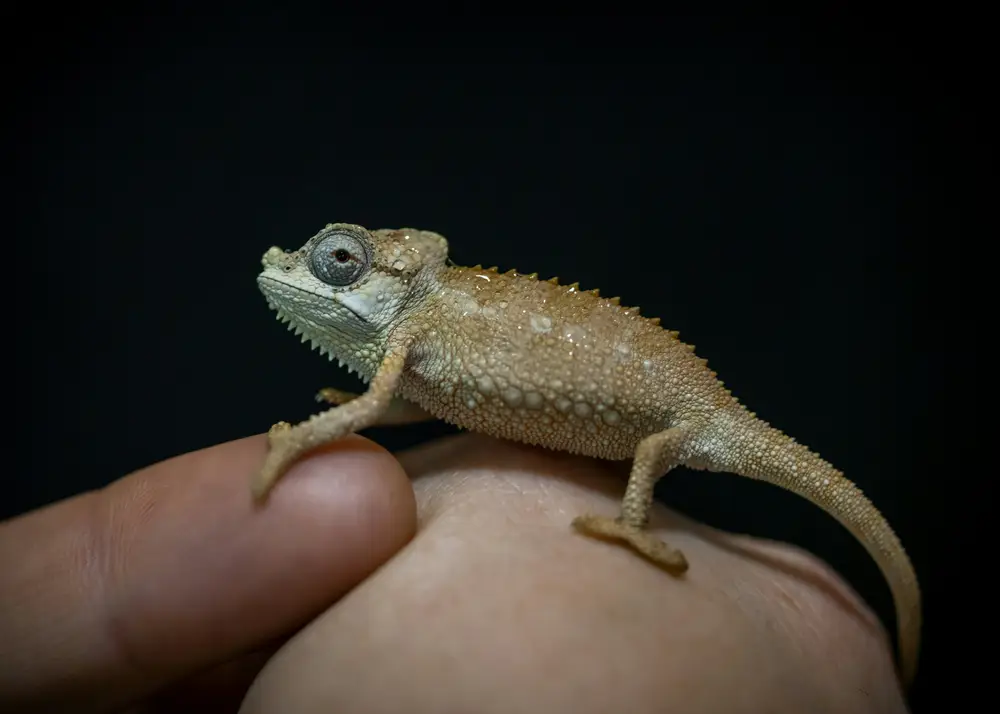
Choosing the Right Reptile for Beginners
Selecting the appropriate reptile species is crucial for first-time owners. Not all reptiles are suitable for beginners, and choosing the wrong species can lead to frustration, health problems, and even the reptile’s death. Beginner-friendly reptiles typically have straightforward care requirements, are generally hardy, and have predictable behaviors.
Leopard geckos are excellent choices for beginners due to their docile nature, small size, and relatively simple care requirements. These nocturnal lizards are native to arid regions and adapt well to captivity. They don’t require UVB lighting, making their setup more affordable and manageable. Bearded dragons are another popular choice, though they require more space and UVB lighting. Their friendly personalities and active daytime behavior make them engaging pets.
Corn snakes are ideal for those interested in reptiles but prefer snakes over lizards. These non-venomous snakes are generally docile, easy to handle, and have straightforward feeding requirements. Ball pythons are another excellent snake choice for beginners, known for their calm temperament and manageable size.
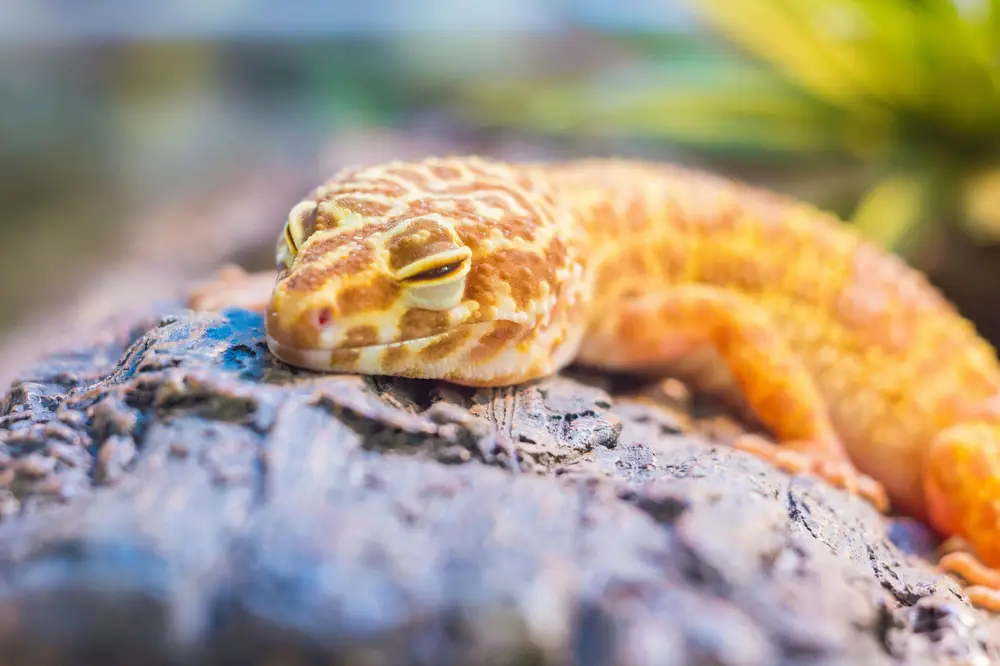
Habitat Setup and Environmental Requirements
Creating the proper habitat is fundamental to reptile health and well-being. Each species has specific environmental requirements that must be met for optimal health. The habitat should replicate the reptile’s natural environment as closely as possible, including temperature gradients, humidity levels, and appropriate substrate.
Temperature regulation is critical for reptiles, as they are ectothermic (cold-blooded) and rely on external heat sources to regulate their body temperature. Most reptiles require a temperature gradient within their enclosure, with a warm basking area and a cooler area for thermoregulation. Heat sources can include heat lamps, ceramic heat emitters, or under-tank heating pads. It’s essential to monitor temperatures with accurate thermometers and thermostats to prevent overheating or chilling.
Humidity requirements vary significantly between species. Desert-dwelling reptiles like leopard geckos need low humidity (20-40%), while tropical species like crested geckos require higher humidity levels (60-80%). Humidity can be maintained through proper substrate choices, water features, and regular misting. Monitoring humidity with hygrometers ensures optimal conditions are maintained.
Lighting requirements depend on the species and their natural habitat. Diurnal reptiles typically require UVB lighting to synthesize vitamin D3, which is essential for calcium absorption and bone health. Nocturnal species may not require UVB lighting but still need a day/night cycle. Understanding these requirements is crucial for preventing metabolic bone disease and other health issues.
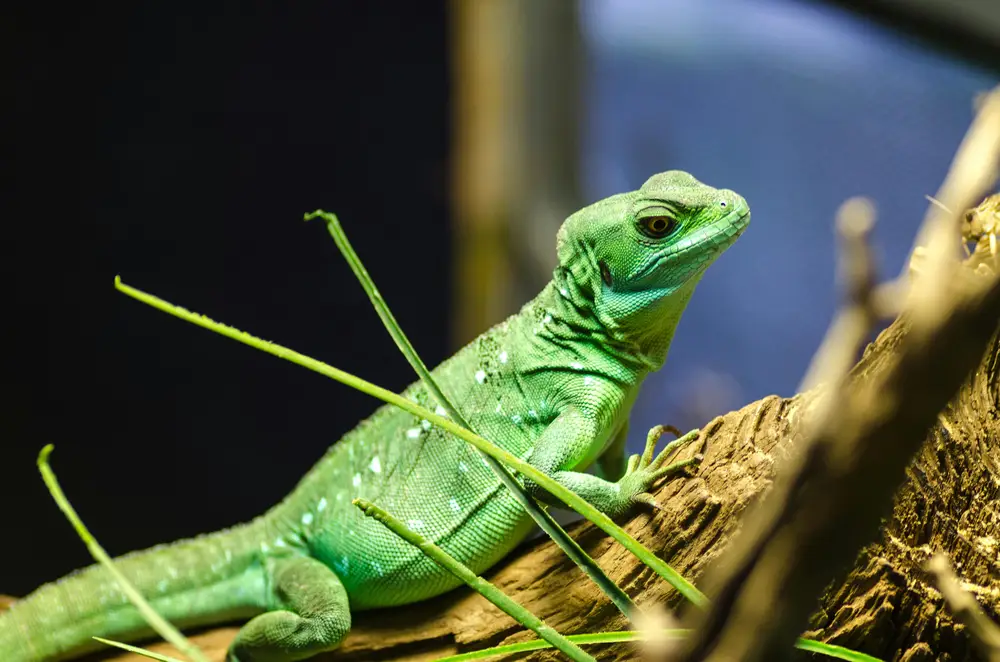
Feeding and Nutrition Guidelines
Proper nutrition is essential for reptile health and longevity. Each species has specific dietary requirements that must be met for optimal health. Understanding these requirements and providing appropriate food items is crucial for successful reptile ownership.
Insectivorous reptiles, such as leopard geckos and bearded dragons, require a variety of appropriately sized insects. Common feeder insects include crickets, mealworms, dubia roaches, and waxworms. It’s important to provide variety in the diet and ensure insects are properly gut-loaded (fed nutritious foods) before being offered to the reptile. Insects should also be dusted with calcium and vitamin supplements to prevent nutritional deficiencies.
Herbivorous reptiles, like some tortoises and iguanas, require a diet rich in leafy greens, vegetables, and fruits. The diet should be varied and include calcium-rich foods to support bone health. Some species may require additional supplements to meet their nutritional needs.
Carnivorous reptiles, such as snakes, typically feed on appropriately sized prey items. The size of the prey should be proportional to the reptile’s body size, generally no larger than the widest part of the reptile’s body. Feeding frequency varies by species, age, and individual needs. Understanding feeding schedules and prey size requirements is essential for maintaining proper nutrition.
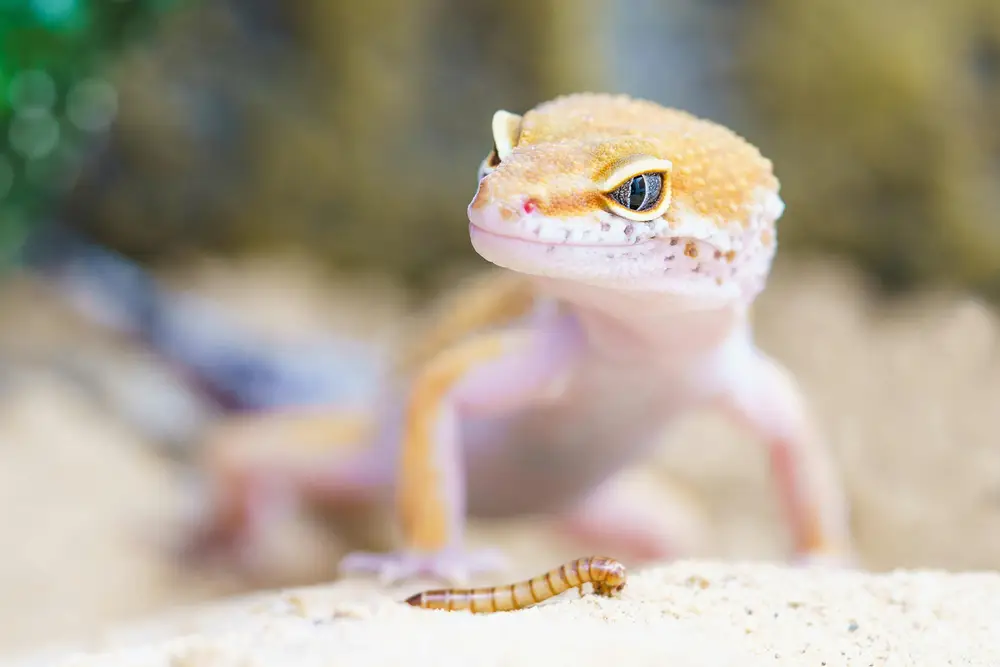
Health Monitoring and Common Issues
Regular health monitoring is essential for detecting potential problems early and ensuring your reptile’s well-being. Reptiles are masters at hiding illness, so owners must be observant and familiar with normal behaviors and appearance.
Signs of good health in reptiles include clear eyes, smooth skin or scales, regular eating habits, normal activity levels, and appropriate body weight. Any changes in these indicators should be investigated promptly. Common health issues in reptiles include respiratory infections, metabolic bone disease, parasites, and skin problems.
Respiratory infections often manifest as wheezing, open-mouth breathing, or nasal discharge. These infections can be caused by improper temperature or humidity levels, poor ventilation, or bacterial infections. Early detection and veterinary care are crucial for successful treatment.
Metabolic bone disease is a common condition caused by inadequate calcium, vitamin D3, or UVB lighting. Symptoms include soft bones, deformities, difficulty moving, and fractures. Prevention through proper nutrition and lighting is much easier than treatment, which can be lengthy and expensive.
Parasites, both internal and external, can affect reptile health. Regular fecal examinations by a veterinarian can help detect internal parasites early. External parasites like mites can be visible on the reptile’s body and require immediate treatment. Understanding these common health issues helps owners provide better care and seek veterinary assistance when needed.
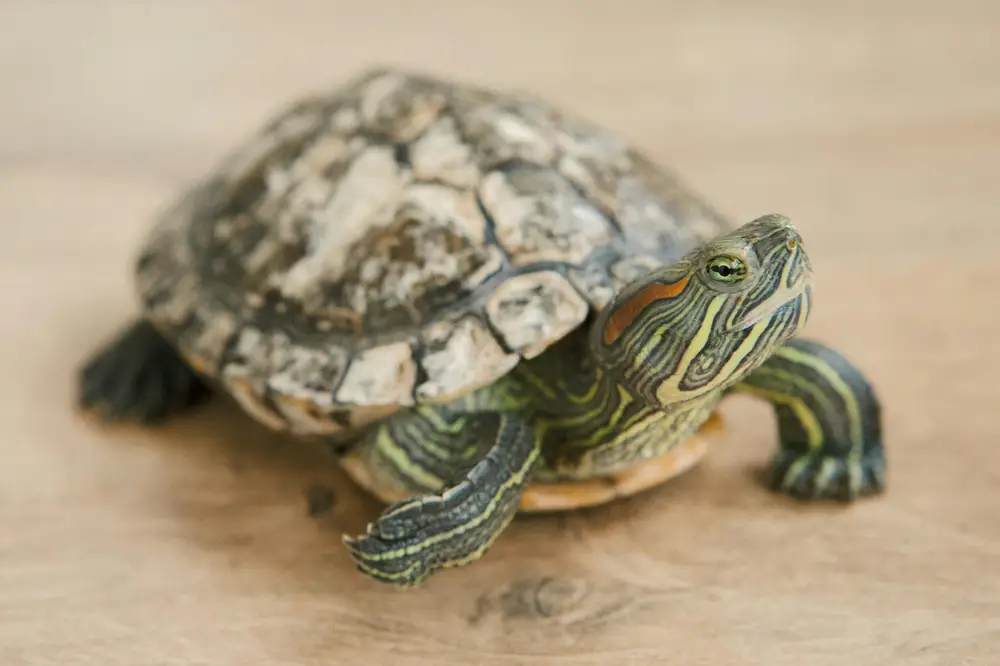
Handling and Socialization
Proper handling techniques are important for both the reptile’s well-being and the owner’s safety. Each species has different handling requirements and comfort levels with human interaction. Understanding these differences helps create positive experiences for both the reptile and the owner.
Most reptiles should be handled gently and infrequently, especially when first acquired. They need time to acclimate to their new environment before regular handling begins. Start with short handling sessions and gradually increase duration as the reptile becomes more comfortable. Always support the reptile’s body properly and avoid sudden movements that might startle them.
Some reptiles, like bearded dragons and leopard geckos, generally tolerate handling well and can become quite tame with regular, gentle interaction. Others, like many snakes, may prefer minimal handling and should be respected for their preferences. Understanding individual personalities and respecting boundaries is important for building trust.
Safety considerations are crucial when handling reptiles. Some species may bite if they feel threatened, while others may have specific handling requirements due to their size or strength. Always wash hands before and after handling to prevent the spread of bacteria, and never handle reptiles when they’re shedding or showing signs of stress.
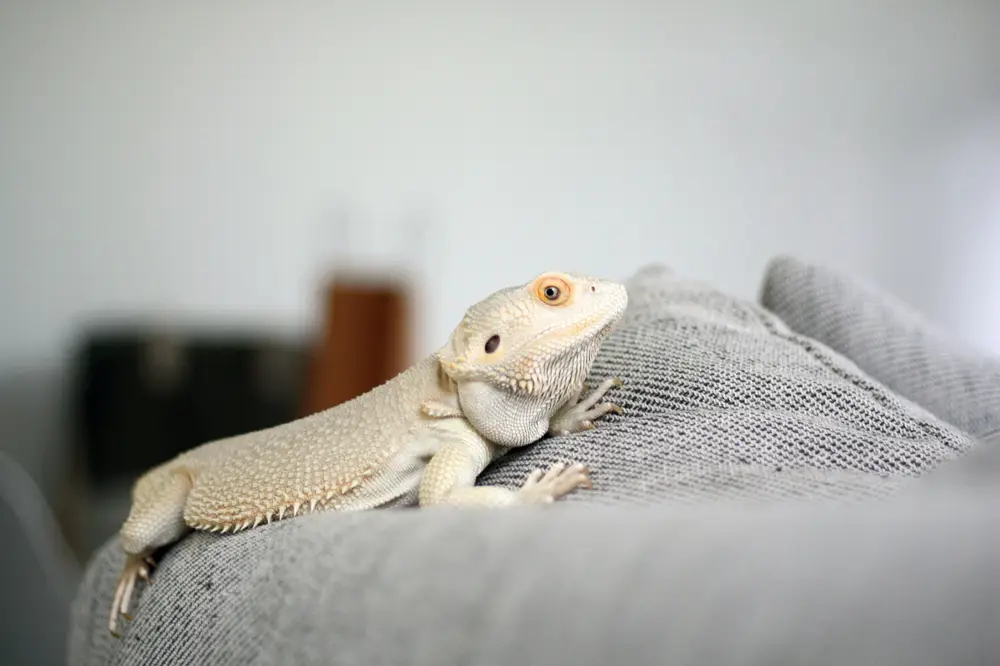
Maintenance and Cleaning Routines
Regular maintenance is essential for maintaining a healthy environment and preventing health issues. Establishing a consistent cleaning routine helps keep the habitat clean and reduces the risk of bacterial or fungal infections.
Daily maintenance tasks include removing uneaten food, cleaning water dishes, and spot-cleaning soiled areas. These tasks help maintain cleanliness and prevent the buildup of harmful bacteria. Regular observation during these tasks also provides opportunities to monitor the reptile’s health and behavior.
Weekly maintenance should include more thorough cleaning of the habitat, including substrate changes for some species, cleaning of decorations, and checking equipment functionality. This routine helps maintain optimal environmental conditions and prevents problems from developing.
Monthly deep cleaning involves completely sanitizing the habitat, replacing substrate, and cleaning all equipment and decorations. This thorough cleaning helps prevent the buildup of harmful microorganisms and maintains a healthy environment. Understanding the specific cleaning requirements for different species is important, as some reptiles are more sensitive to cleaning products than others.

Common Mistakes and How to Avoid Them
New reptile owners often make common mistakes that can negatively impact their pet’s health and well-being. Understanding these mistakes and how to avoid them is crucial for successful reptile ownership.
One of the most common mistakes is choosing a reptile based on appearance rather than care requirements. While some reptiles may look appealing, they may have complex care needs that are beyond a beginner’s capabilities. Researching care requirements before purchasing is essential for making an informed decision.
Improper habitat setup is another frequent mistake. This includes incorrect temperature gradients, inadequate humidity levels, inappropriate substrate choices, and insufficient space. Each of these factors can significantly impact the reptile’s health and should be carefully researched and implemented.
Feeding mistakes are also common among new owners. These include offering inappropriate food items, incorrect prey sizes, inadequate supplementation, and improper feeding schedules. Understanding the specific dietary needs of each species is essential for providing proper nutrition.
Neglecting veterinary care is another mistake that can have serious consequences. Reptiles require specialized veterinary care, and finding a qualified reptile veterinarian before acquiring a pet is important. Regular health checkups can help detect and prevent health issues.
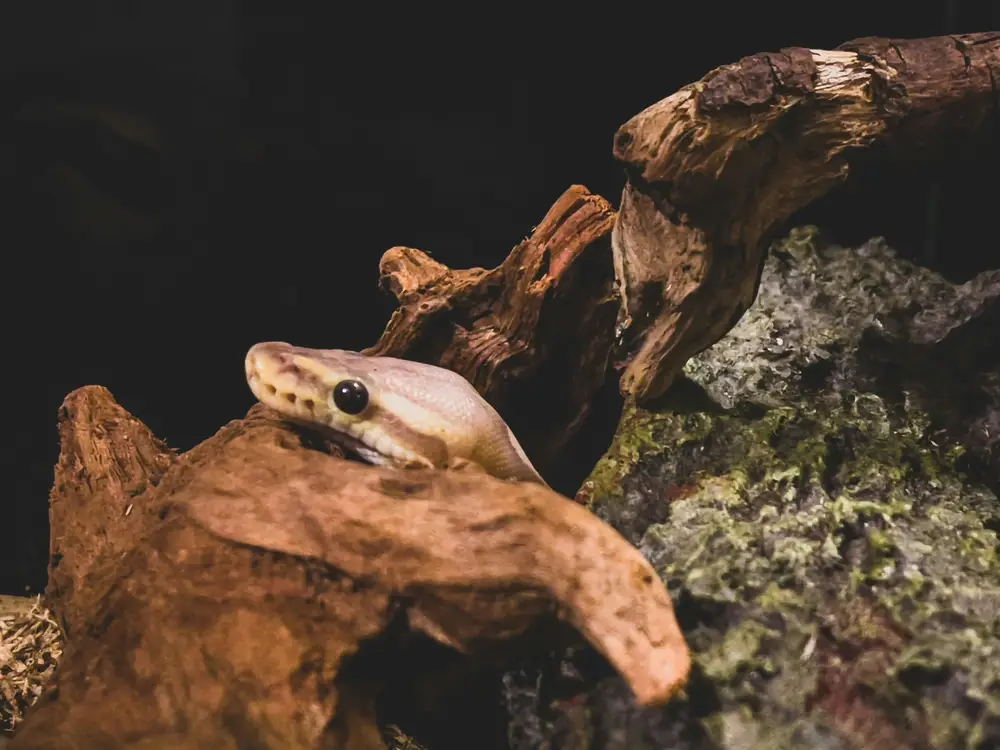
F.A.Q. about Reptile Care
What is the easiest reptile to care for as a beginner?
Leopard geckos are often considered the easiest reptiles for beginners due to their docile nature, small size, and straightforward care requirements. They don’t require UVB lighting and have simple dietary needs.
How often should I clean my reptile’s habitat?
Daily spot cleaning should be done to remove waste and uneaten food. Weekly thorough cleaning includes substrate changes and equipment maintenance. Monthly deep cleaning involves complete habitat sanitization.
Do all reptiles need UVB lighting?
No, not all reptiles require UVB lighting. Diurnal reptiles typically need UVB for vitamin D3 synthesis, while nocturnal species may not require it. Research your specific species’ lighting requirements.
What should I feed my reptile?
Diet varies by species. Insectivorous reptiles need appropriately sized insects, herbivorous species require leafy greens and vegetables, and carnivorous reptiles typically eat whole prey items. Always research species-specific dietary needs.
How can I tell if my reptile is sick?
Signs of illness include changes in eating habits, lethargy, abnormal behavior, respiratory issues, skin problems, or changes in appearance. Regular observation and veterinary checkups help detect problems early.
Do reptiles need companionship?
Most reptiles are solitary animals and don’t require companionship from other reptiles. In fact, housing multiple reptiles together can cause stress and aggression. Research your species’ social needs before considering multiple animals.
Reptile ownership can be a rewarding experience when approached with proper knowledge and preparation. Understanding the specific needs of your chosen species, providing appropriate habitat conditions, maintaining proper nutrition, and monitoring health are all essential components of successful reptile care. While reptiles may seem low-maintenance compared to traditional pets, they require specialized care and attention to thrive in captivity. By following the guidelines outlined in this guide and continuing to educate yourself about your specific species, you can provide your reptile with a healthy, enriching environment and enjoy many years of companionship together.


